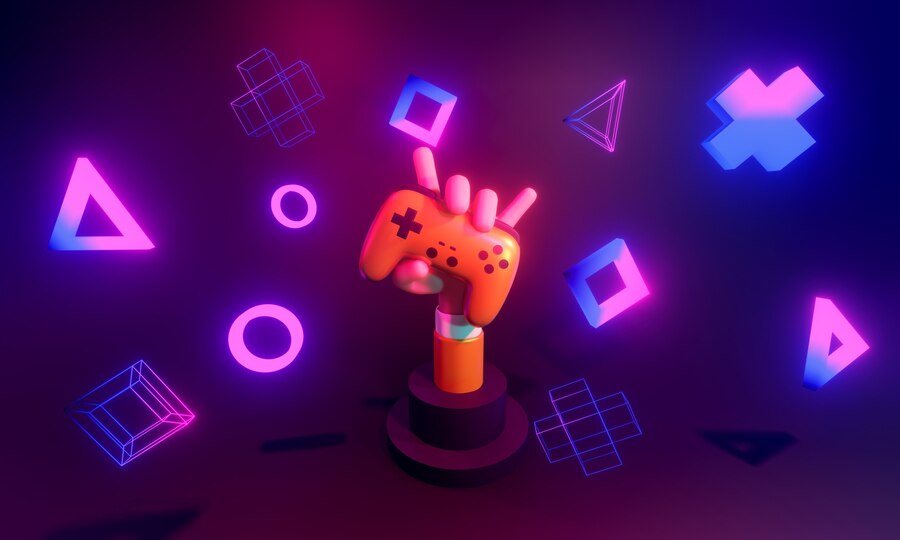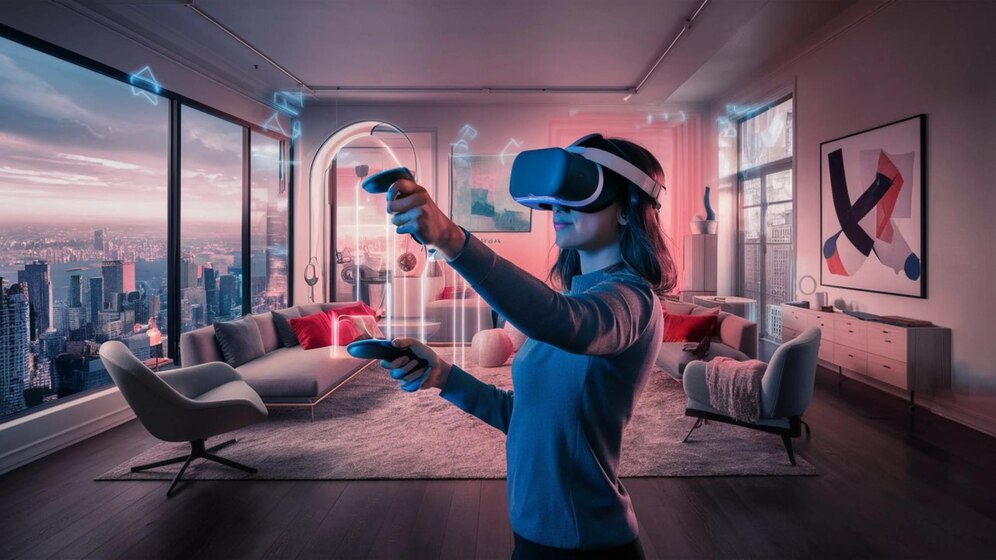The Psychology Behind Gambling Games: Why We Play & How It’s Changing in 2025!
Throughout history, the human fascination with gambling games has maintained its grip on various ethnic backgrounds as well as diverse age groups. Many humans experience an innate excitement from risking money to achieve an enormous win. The gambling industry keeps advancing because developers and technology companies make continuous improvements to their games. This document investigates gambling game psychological effects on players while analyzing their motivation factors together with industry trends for 2025. The Psychological Appeal of Gambling Games Several key psychological processes inside the brain cause players to remain hooked to gambling games. The reward system within the brain serves as the main reason why individuals select gambling games to play. To achieve success in gambling games your brain releases the neurotransmitter dopamine which behaves as both a pleasure and motivational substance. Chemical changes in dopamine levels create an addictive nature to gambling games. The “near-miss effect” represents a significant component that drives players since they reach a winning position but fail by a small margin. When players have near-wins it creates the impression of being close to victory so they continue their gambling session. The belief that personal choices can affect game results remains a primary factor in how much people find gambling games attractive. People interact with others as another factor that influences their psychological state. Playing gambling games includes multiplayer functions in many formats with particular emphasis on online gambling to facilitate player interactions. Online gambling gains additional appeal through the social aspects it provides to the experience. The gaming sector supports the continuous evolution of gambling games through their development of high-quality graphics together with compelling narratives and tailored player interactions. Using behavioral psychology techniques developers maintain the attractiveness and gaming difficulties of gambling platforms. Why We Play Gambling Games Many different incentives inspire individuals to play gambling games. Between them are players who gamble for excitement or to potentially earn money. The uncertainty factor stands as a fundamental reason behind gambling game attraction. Each gambling session delivers unpredictable results which attract players because every game develops differently from the last. Another factor is escapism. Most gamers turn to gambling games because these activities provide them with a mental escape from their normal stressors while giving them access to a different virtual environment. The quick game sequences and high-quality graphics and audio sounds provide players with a temporary escape from reality. Game development platforms have extensively influenced the reasons behind player participation. Due to the integration of newly developed VR and AR technology gambling entertainment offers deeper levels of immersion to players. The implementation of virtual casino environments at home makes players more likely to get involved in gaming activities. Mobile accessibility of gambling games becomes possible because players can access the games on their smartphones and other small electronic devices. The demand for visiting physical casinos to play gambling games has become obsolete because players now have access to these games from any location at any time. The ease of access that gambling games provide acts as the primary reason for their increasing popularity. How Gambling Games Are Changing in 2025 The gambling industry experienced a major transformation prior to 2025 which brought forward this groundbreaking year. Artificial intelligence (AI) implementations in game development systems have redefined gambling game operations. Through AI technology gambling games identify player activities which allows them to build personalized gameplay experiences for specific preferences. Blockchain technology together with cryptocurrency systems modify how gaming services operate. The gambling sector has adopted decentralized platforms that deliver visible systems and genuine gaming experiences to their users. The combination of smart contracts delivers automatic and safe payments which establishes reliability for online gambling operators. The growth of virtual reality (VR) gambling games provides enhanced virtual casino experiences to gamers. Gamblers access virtual casino experiences that create authentic casino spots right from their home locations. The new innovation strengthens user enjoyment characteristics while improving player loyalty. New steps to protect responsible gambling behavior have been implemented. AI-enabled platform monitoring helps detect addiction signs so the platform can offer personalized assistance to users whose gambling habits show signs of addiction. Self-exclusion functions along with advanced spending limits enable gaming entertainment to be enjoyable rather than dangerous. The Role of Game Development in Gambling Games The gambling industry heavily depends on the developments that occur in game creation. The main task of developers is to design gambling games that provide intense player engagement. Advanced graphics as well as animation capabilities alongside adequate sound effects turn gambling into a deeply engaging experience. Gamification serves as the main modern trend during gambling game development. Developers achieve increased gambling game interactivity when they add achievement leaderboards and challenges to their games. The gameplay duration increases because of this feature. AI representation has become a major development in creating video games. AI-powered gambling titles modify their operations to match player actions for customized gameplay. AI tracks player behavior patterns to suggest particular gambling games that boost user interest in gameplay sessions. Game development through blockchain integration brought forth greater transparency in gambling games as developers secured the cryptographic systems of transactions. Through smart contracts, blockchain platforms provide secure transactions while presenting provably fair game opportunities to their users. The development has created increased player trust which results in additional participation in gambling games. The Future of Gambling Games The gambling industry is preparing for a bright future because various exciting developments have emerged recently. Virtual reality together with augmented reality technology continues to rise in popularity as a future gambling practice. Through modern technology, players will experience gambling games that become more realistic than traditional gameplay. Social gambling represents a growing trend in the gambling industry. Game development studios implement gambling game features that enable participant gameplay against friends and participation in multi-player championship tournaments. The inclusion of social elements enhances the popularity of gambling games by attracting different types of players. The regulatory authorities along with responsible gambling practices show signs of development. Modern-day governments together with regulatory bodies










